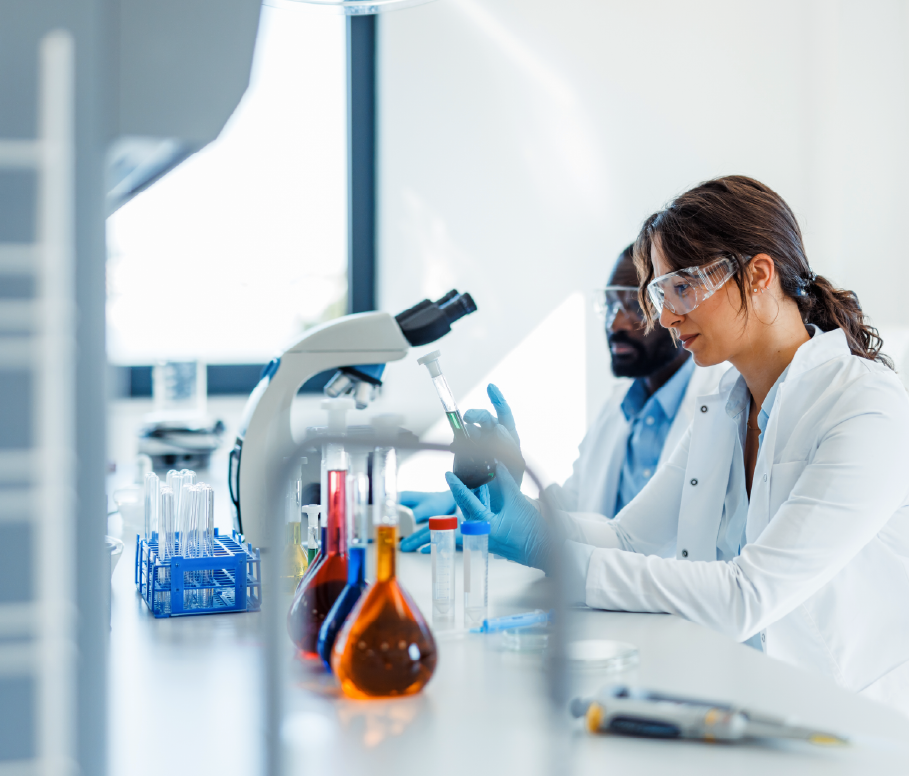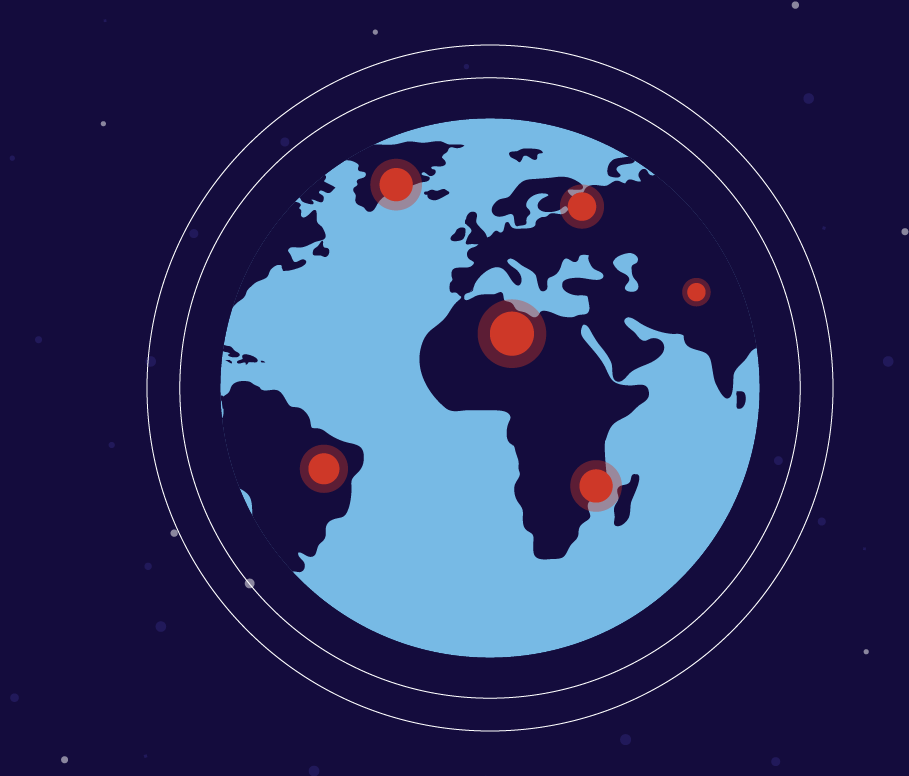This blog post is the second of the Real Barriers to Vaccine Equity series, which examines issues impeding greater and more equitable access to COVID-19 vaccines. Read the first blog here.
Over a year into the largest vaccination campaign in history, more than 11 billion doses of COVID-19 vaccines have been administered across the globe, providing hope for an eventual return to a “new normal.” A robust intellectual property (IP) system plays a crucial role in not only kickstarting and protecting innovative discoveries, but also the ability to scale up manufacturing to meet demand.
Despite lifesaving COVID-19 vaccines and therapies being a testament to the protections and incentives afforded by IP, critics continue to promote IP waivers on pandemic innovations as a means for increasing inoculations. However, it’s well documented that current vaccine supply continues to outpace administration. There are serious and unique challenges that must be addressed if we wish to fully turn the tide of the pandemic, including enhancements to vaccine delivery and infrastructure.
COVAX, the global initiative working to distribute COVID-19 vaccines across the world, is struggling to allocate more than 300 million doses, highlighting that the current phase of vaccination has to do more with allocation issues than supply. Many struggle with a lack of infrastructure and funding to facilitate widescale distribution. Without adequate distribution systems, countries must limit vaccine allocations or run the risk of destroying doses. For example:
- By January 2022, more than a million COVID-19 vaccines in Indonesia expired before they could be administered.
- In February, nearly 250,000 doses were destroyed in Bosnia and Herzegovina due to logistics issues and overall vaccine hesitancy.
- In the Indian state of Maharashtra, at least 40,000 doses of COVID-19 vaccines were recently destroyed due to expiration.
Additionally, many regions of the world lack the proper manufacturing capacity to develop other key pandemic supplies, such as syringes. IP can help facilitate needed collaborations to meet such infrastructure needs through licensing agreements. As a Gavi spokesperson noted "we will only close the vaccine equity gap once and for all if we are able to help countries roll out vaccines rapidly and at scale." That means addressing the barriers proven to hinder access, while supporting IP rights and protections that have been critical for delivering and scaling needed innovations.
The development and scale up of COVID-19 vaccines has been an incredible feat, empowered by IP rights and protections that continue to foster powerful innovations. As the world fights against the pandemic and evolving variants, we must examine current access barriers, like infrastructure and distribution, to help turn the page on COVID-19 and prepare for future global health threats.
"We will only close the vaccine equity gap once and for all if we are able to help countries roll out vaccines rapidly and at scale.’ That means addressing the barriers proven to hinder access, while supporting IP rights and protections."


